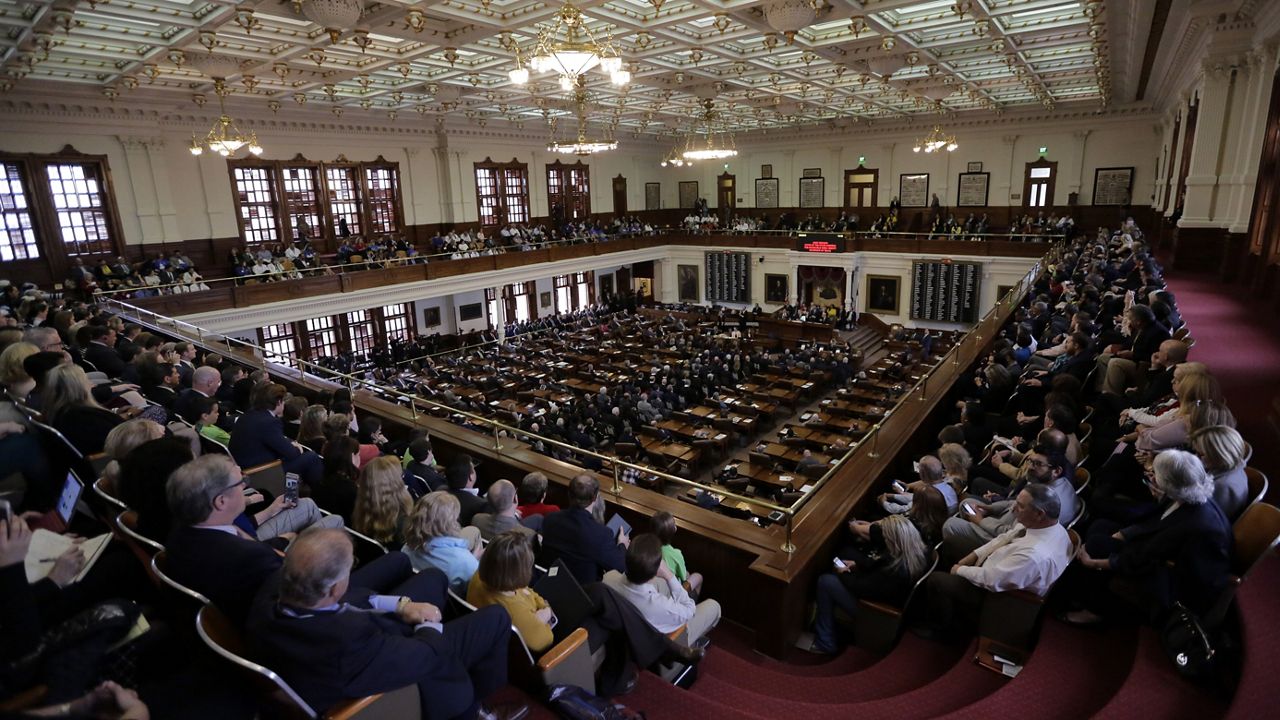As the race for the White House makes headlines, several state-level races down the ballot this year could determine future political control nationwide.
State legislatures are key to redistricting – or the redrawing of congressional districts to reflect population changes recorded in the 2020 census – and for most states, this is the last election before redistricting takes place. The redrawn districts will mostly come into play in the 2022 midterm elections.
As the second-largest state when it comes to congressional representation, Texas is expected to have as many as 39 districts after the census accounts for population growth over the last decade.
And the Texas House is up for grabs. Democrats need to gain nine seats to gain control for the first time since 2002. Democrat Beto O’Rourke won several Republican-held districts when he ran for U.S. Senate in 2018. He’s been phone banking and holding events to get out the vote, with a main goal being to flip the House.
If Democrats win the House, they’ll have a say in the drawing of redistricting maps, and they could block measures from the Republican-held state Senate. The governor’s office and Texas State Senate would still be held by the GOP.
Democrats in Pennsylvania have their eye on the possibility of flipping both chambers of the state legislature. They’d need nine Republican-held seats in the House and four in the Senate to gain control.
In 2018, Democrats picked up 11 House seats and five Senate seats. They could see some gains from down-ballot voters, since presidential candidate Joe Biden is polling ahead by 3 percent in an average of recent polls. However, the Cook Political Report still rates both state chambers as “Lean Republican,” since several Democratic state lawmakers
Either way, Democrats will have a say in redistricting maps, since Governor Tom Wolf is a Democrat. If they gain control of the state legislature, they’d also control the redistricting process.
North Carolina’s governor doesn’t participate in redistricting, so which party has the majority in the state House and state Senate is especially important.
Democrats have the chance to flip both chambers, but it’s more likely they’ll win the state Senate, where they would need to gain two seats. To take control of the House, they’ll need five seats. Since both still lean Republican, it’s most likely that North Carolina’s legislature will be politically split after the election.
North Carolina has recently been home to contentious legal battles over gerrymandering. Democratic candidates have backed calls for an independent commission to draw congressional districts.
Minnesota’s state government is divided, with Democrats controlling the governor’s office and the House and Republicans in control of the Senate. It’s the only state with a politically split legislature, and both sides currently have a say in redistricting.
This year, Democrats have the chance to take the third branch, and the Cook Political Report calls the state Senate a “toss up.” Democrats would need to win two seats to gain control, and then they’d take over the redrawing congressional districts completely.
The Associated Press contributed to this report.



